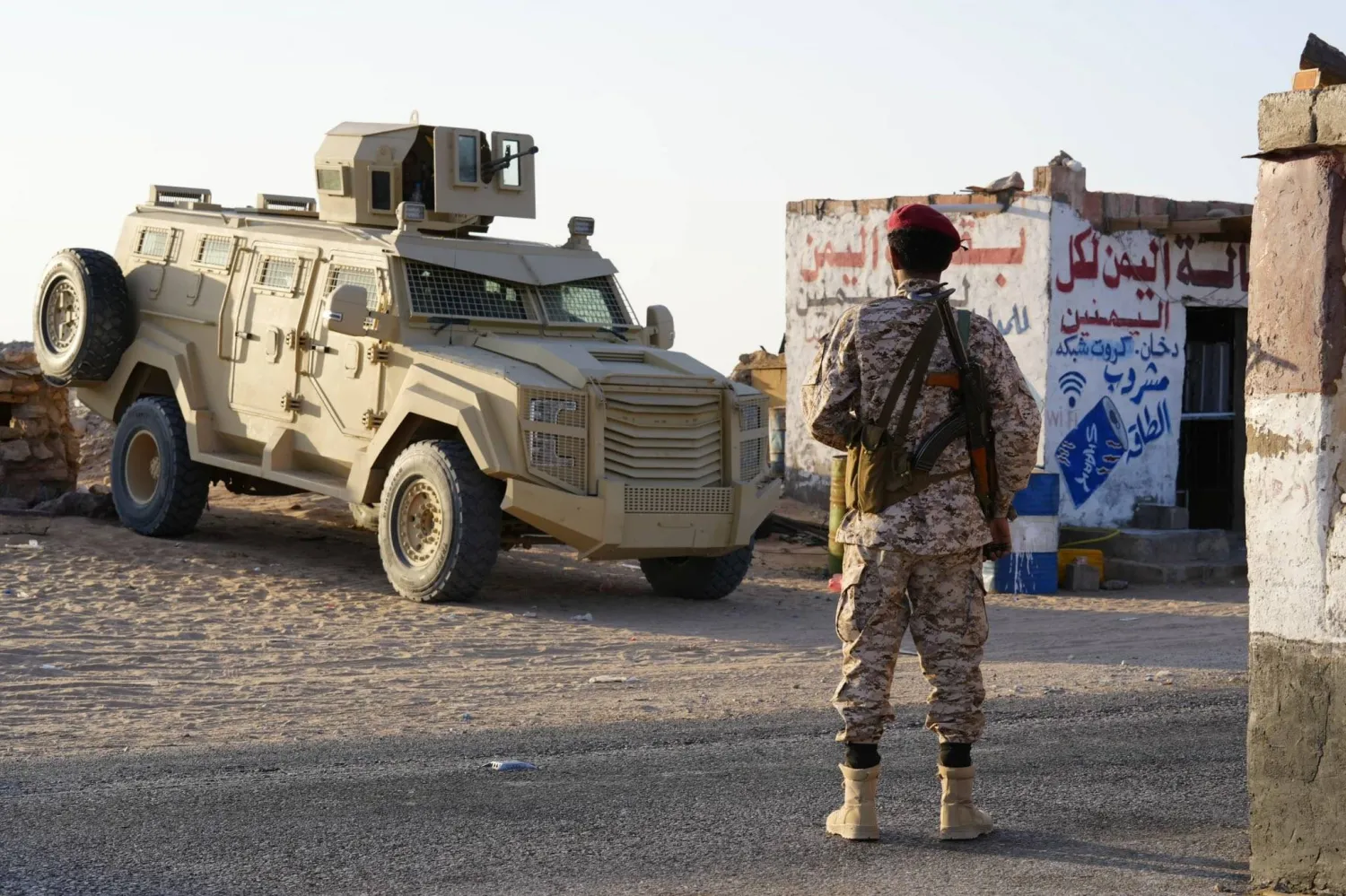Clashes renewed on Monday between the Sudanese Armed Forces (SAF) and Rapid Support Forces (RSF) in several locations in North Darfur, while each side claimed to have inflicted the other with heavy losses in lives and military equipment.
Eyewitnesses said fierce ground clashes took place early in the morning in the vicinity of El Fasher, and around the Zarq and Um Baar areas, which are controlled by the RSF.
Meanwhile, residents fear counter-attacks following threats launched by several RSF leaders, who vowed to strongly respond to the killing of Ali Yagoub Gibril, one of their senior commanders during a battle in the besieged north Darfur city of El Fasher last Friday.
Social media accounts affiliated with the RSF posted videos showing violent clashes that took place Monday in the Um Baar area.
The video also showed destroyed military and armored vehicles of the army and the armed movements backing it.
Since the outbreak of fighting in Sudan, the RSF has pushed large numbers of its forces to capture the town of El Fasher. The city is the army's last stronghold in the western Darfur region.
On Sunday, RSF commander Mohammed Hamdan Daglo, also known as Hemedti, blamed the escalation in El Fasher on armed factions “that have abandoned neutrality and chosen to side with their slaughterer.”
A resident of El Fasher said the Eid Al-Adha celebrations were completely absent, and that many residents did not leave their homes to perform religious rituals for fear of bombs targeting residential neighborhoods.









